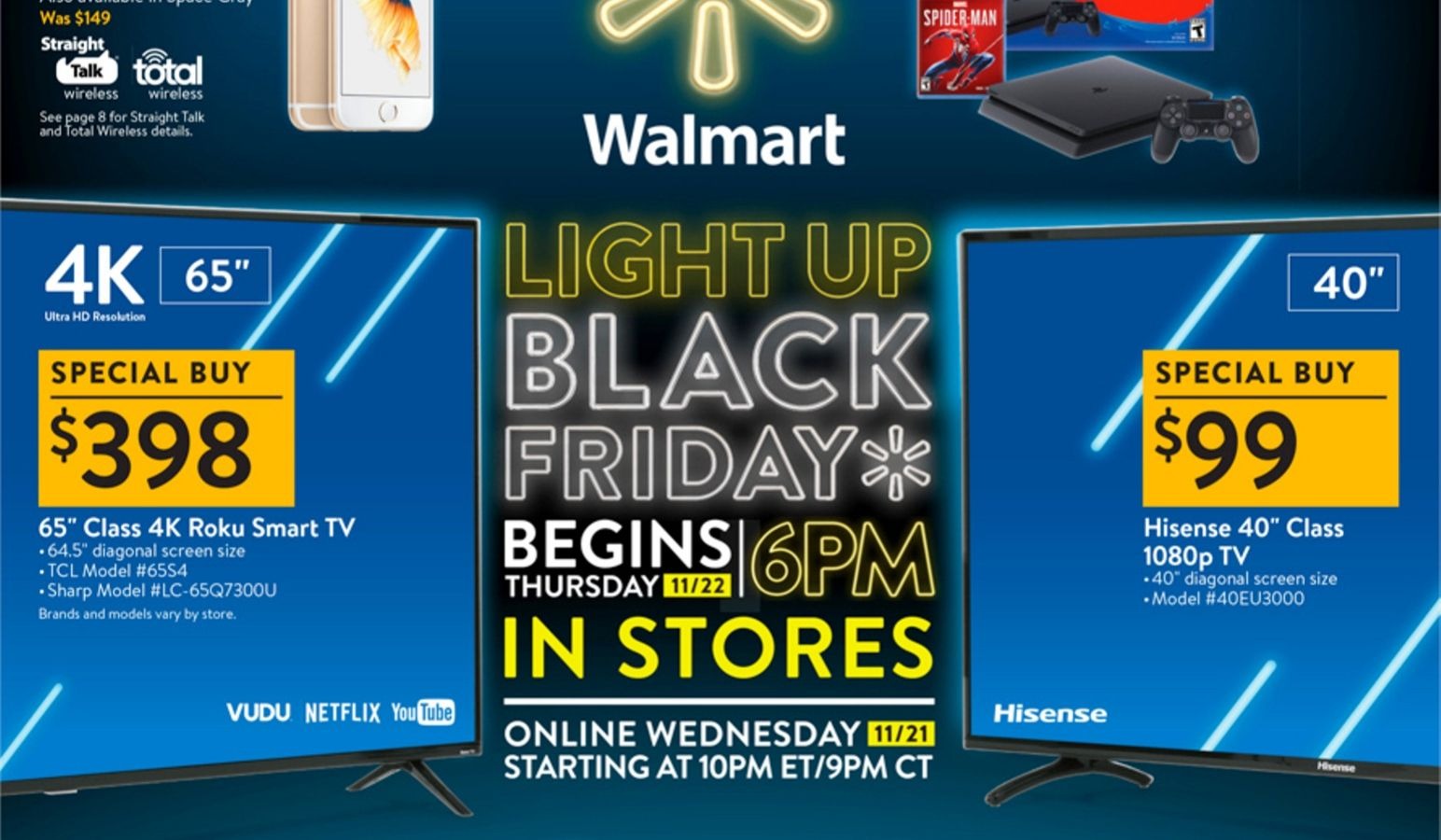
Table of Contents
- Black Friday: an annual bonanza not to be missed
- How to prepare your ecommerce for Black Friday
- Black Friday risk factors for your online business
Black Friday: an annual bonanza not to be missed
6.2 billion dollars: that’s the reason why Black Friday is highlighted on all U.S. business calendars. This important annual sales event began to gain popularity in Europe a mere decade ago and no country is immune to its charms.
Each new season Black Friday sales have grown steadily, and already stand at an increase of 1708% of sales compared to a normal Friday. In the UK, the average spending during Black Friday is around £315 per person in both online and brick-and-mortar stores. The most popular categories for Black Friday shoppers are clothing, cosmetics and perfumes, jewellery, shoes and electronics.
In addition, although it’s mainly an online event (61% of people shopping online), there’s also a boost in visits to physical stores and increased pedestrian traffic in shopping centres on that day.
This year, Black Friday will fall on November 29, but its origins date back to a rather hazy past that is subject to different explanations depending on the country and source.
According to the most popular account, whereas the name Black Friday was coined to refer to a particular financial scandal, its usage in referring to a shopping day began in Philadelphia, where faltering trade benefited from hordes of tourists arriving in the city to celebrate Thanksgiving and watch the traditional football match between army and navy.

By this year 2019, total sales on Black Friday are expected to reach 12 billion dollars. Ready to take full advantage of this most promising day of the year?
→ Take a look: How to protect your ecommerce from fraud on Black Friday
How to prepare your ecommerce for Black Friday
Analyze the year’s trends
This is the essential step for any task or project, and although Black Friday may seem like a pretty chaotic day, there’s a lot of hidden preparation behind it.
You’ll find shopping trends that are repeated every year on Black Friday, such as a high demand for tech products, toys, travel, gift cards... Do you see the common denominator? Exactly: Black Friday is an excellent opportunity to anticipate Christmas shopping. In the UK, for example, the categories showing the highest sales during Black Friday are:
- Clothing
- Cosmetics and perfumes
- Jewellery
- Footwear
- Electronics
The cashmere, console and cologne that must not be missing from under an average family’s Christmas tree.

Having said that, you should also be aware that despite these general trends, each year will be unique.
That's why it's a good idea to analyze this season’s market fashions (because there are always some star products that will be in great demand), and any data you can gather from statistics on user behavior and traffic whether in your online store or their other favourite shopping channels.
Naturally, you shouldn’t forget to have tools in place for measuring your activity during your Black Friday campaign and on the big day itself. That will provide you with very useful information not only for next year, but also for the remainder of this year’s Christmas season.
Have your product inventory ready to go
With all those forecasts in hand, it’ll be really easy for you to predict which products are most likely to sell, or which items are being shared the most on social networks and added to wish lists.
This will apply to both online and physical stores, as it’s very important to have a good synchronization of stock data so you don't go into the red that day or sell more products than you actually have in your inventory.
→ Related content: How to make the most of your inventory management
Prepare an updated catalog
Your customers are only going to desire and buy what they can view in your catalog. So don't hold back surprises or keep an ace up your sleeve until the last minute: Black Friday is not a day for big revelations.
Each product page must include key information that is clearly visible, easy to locate and to grasp without leaving room for doubts.
Sales days are stressful enough without adding hundreds of customer messages laced with queries!
Nor should you forget SEO: this season’s most searched keywords should appear in your titles and product descriptions, as well as in the ads you’ll be launching in the lead-up to Black Friday.
Make use of catalog software that allows you to carefully check what variants of product will be available and a list of prices to be updated on that day. A PIM (Product Information Management tool) will allow you to synchronize your product data, simultaneously and in real time, across multiple channels (such as website, physical stores, mobile app, marketplaces like Amazon ...)
→ You might also want to try: Get your catalog work automated with a PIM system
Plan your offers carefully
The impact of Black Friday is so great that its influence is no longer limited to one day. More and more stores launch their offers up to a week before the big day, and it is recommended that, even if you don't yet give any discounts, you should start advertising your campaign 3 weeks in advance.
When deciding what offers to display on Black Friday, consider these two aspects:
- The type of offer:
- A general discount applied to all or part of your catalog (in the UK usually up to 60-69%).
- Sales discounts on categories or on individual products, that will vary throughout the day.
- Flash offers limited to a few, different products.
- The timing of the offer: Limited to Black Friday or extended to more days. According to statistics, the largest volume of sales occurs on the actual day, followed by the preceding Wednesday and Thursday.

Don't try to get smart!
Make sure your offers are legitimate. If you don't want to make discounts or you think they will affect your profits, simply don't participate in this commercial party. But falsifying your offers will end up damaging your brand: a report showed that only half of Black Friday offers were real.
→ Also of interest: How to plan your seasonal strategy
Give your marketers all the freedom they need
It's a time to make a noise, be creative and take a risk — as it’s also a ‘Bright Friday’ for marketers.
Some of the marketing strategies that should be included for your Black Friday are:
- Banners for your online store and profiles on social networks.
- Customized emails sent to your customers with incentives such as, being among the first to register for receiving their order as speedily as possible, free shipping or an extra gift.
- Retargeting: during this period there’ll be a lot of visits, but not all of them will translate into sales. Take this opportunity to send emails via abandoned shopping baskets or show ads to people who have visited your website, on other channels such as Facebook or Google Display
- Gift guides: 44% of British shoppers don’t have much idea what they are going to buy on Black Friday. These kind of product guides are a useful resource for tempting shoppers with gift ideas.
- Pop-up store: An ephemeral store can be a great attraction, both physical and digital. Consider creating a catalogue specifically for Black Friday with a virtually instant tool.

Keep an eye on logistics
Hot on the heels of these exhilarating sales comes the drawback... coordinating all the processing, shipping and delivery of your orders.
Although you should have a good courier service at all times, for this challenging period of heavy traffic do make an extra effort to ensure your shipping company can meet the conditions you’ve offered your customers (especially if you sell internationally).
People still have plenty of time to change their Christmas presents, but nobody wants to be waiting till the last minute.
→ Check this out: 10 tips for selling seasonal products
Black Friday risk factors for your online business
Friday can really become a black day if you haven't prepared the infrastructure of your catalog and online shop carefully, resulting in one of these technical faults:
- Overloaded API.
- Slow-loading website.
- Connection errors occurring between different channels or with apps or third party components.
- Interrupted or frozen payment process.
- Faults due to excessive traffic.
Try not to be over-optimistic: it's quite possible that during a Black Friday your online store won't receive millions of visits after all. However, if you’ve done your advertising well, you can expect to see a higher rate of visits and orders than usual, and no matter how slight, such a spike can disrupt the functioning of your system.
That's why you should be well prepared, with all these precautions in place:
- Systems updated to the latest version.
- Prior tests on the loading speed of your website to be prepared for traffic peaks.
- A simple and fast payment process.
- Various payment methods (bank cards, PayPal, Apple Pay...).
- Mobile optimization (most Black Friday shoppers use their smartphone).
- Extended customer service hours (and if you can include live chat, all the better).

Final thoughts
Around this time of witches and darkening days, you’d be forgiven for thinking of Black Friday as a dreadful event that’ll only bring headaches and losses.
But don’t despair: with the right preparation and software that saves you a lot of work by automating many of these tasks, it can be a fantastic opportunity to advertise your brand — and what’s more, turn those occasional, seasonal shoppers into loyal and regular customers.
To get the hang of making discounts and have your catalog up and running before Black Friday, take advantage of this free 30-day demo of our PIM and make this one of the brightest days of your year.



.png?width=520&name=Blog%20Partner%20(3).png)

.png?width=520&name=Blog%20Partner%20(1).png)


